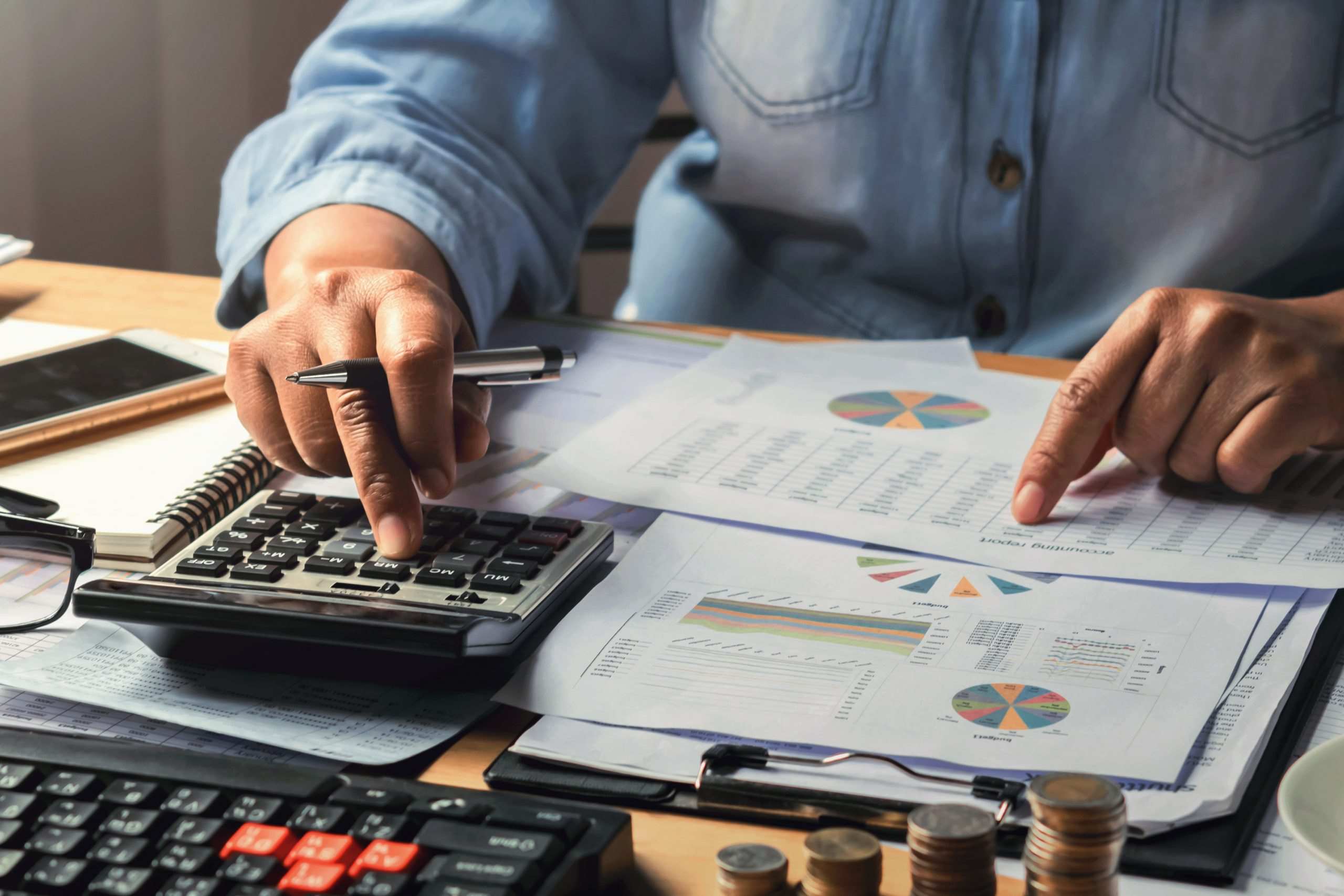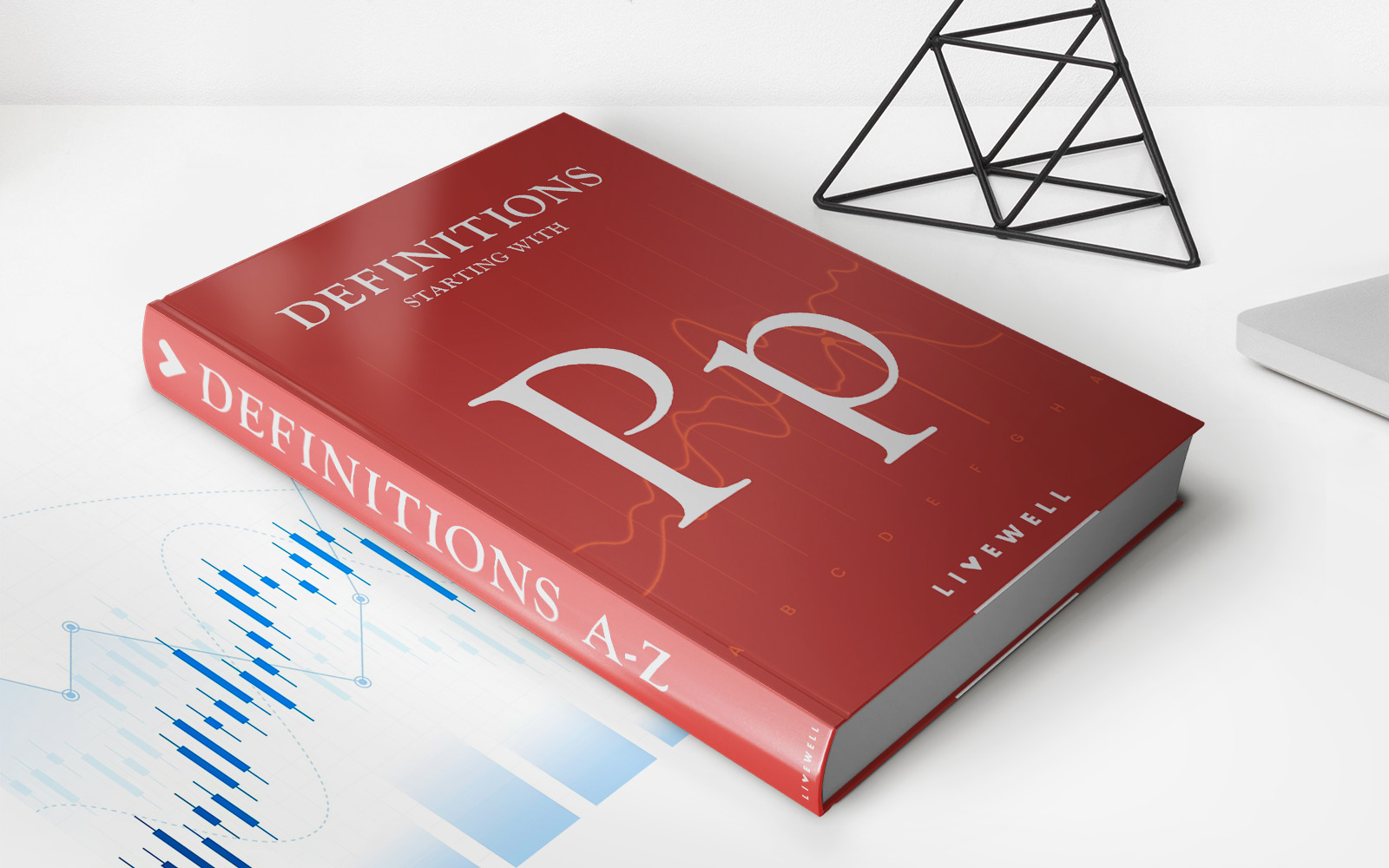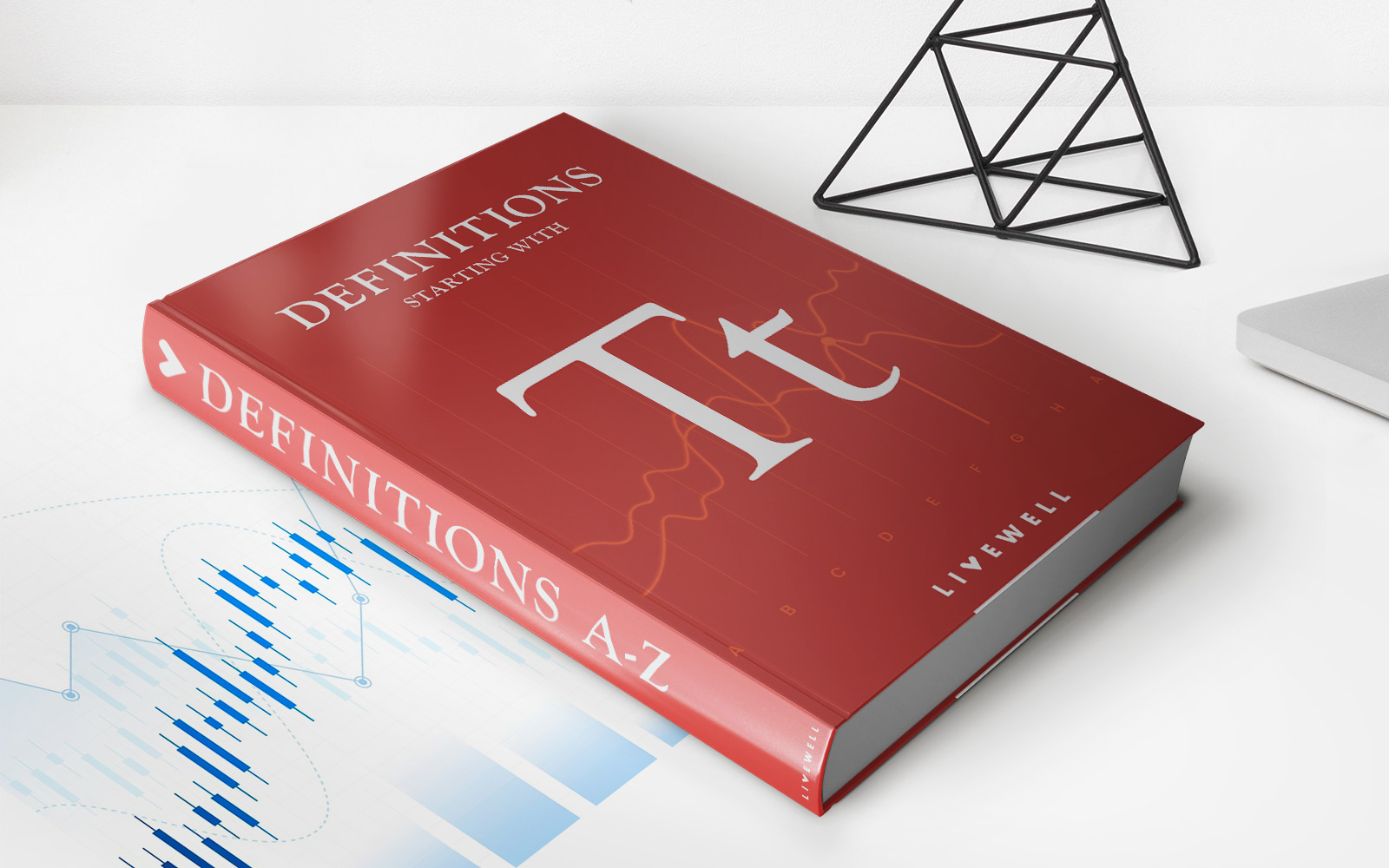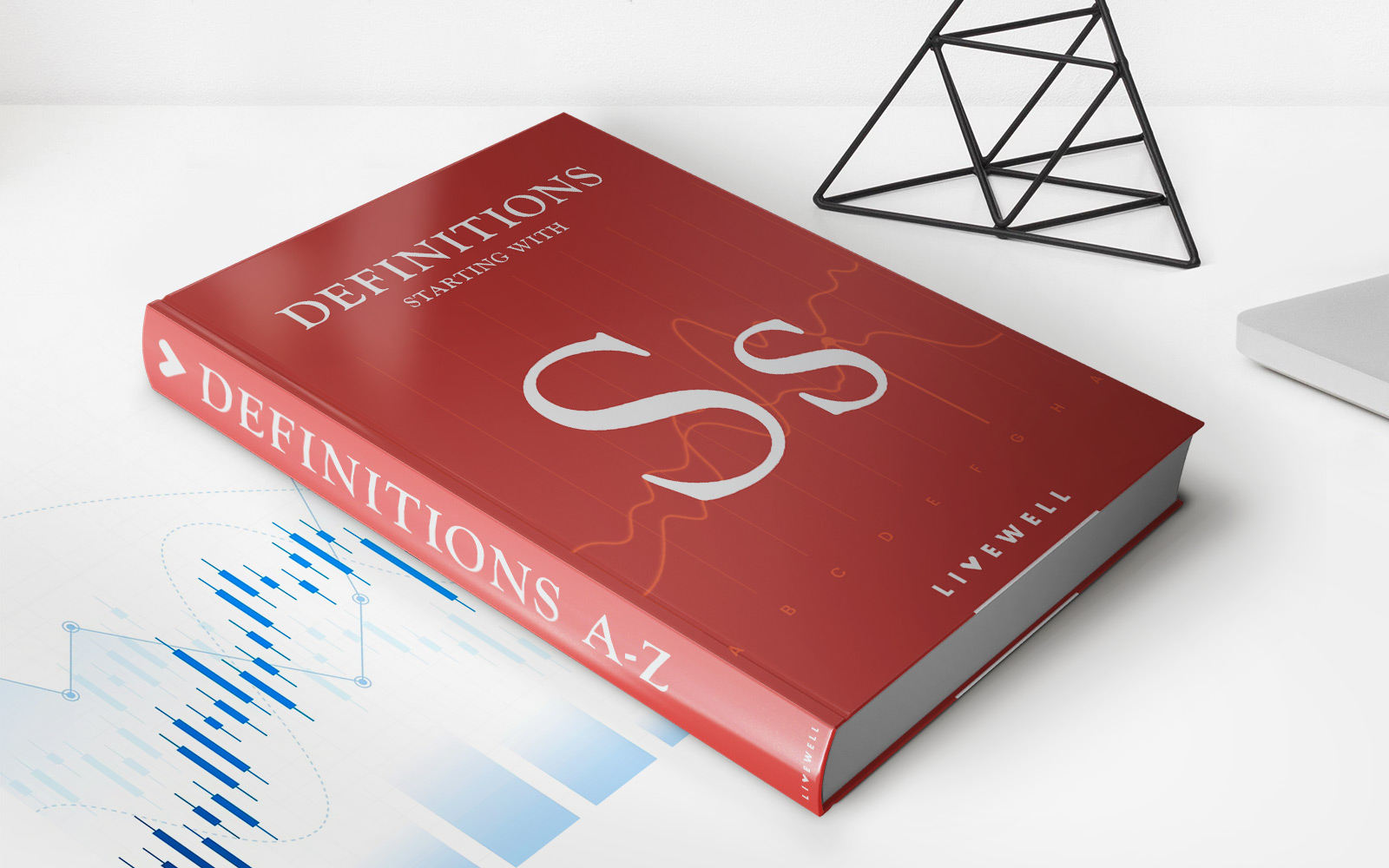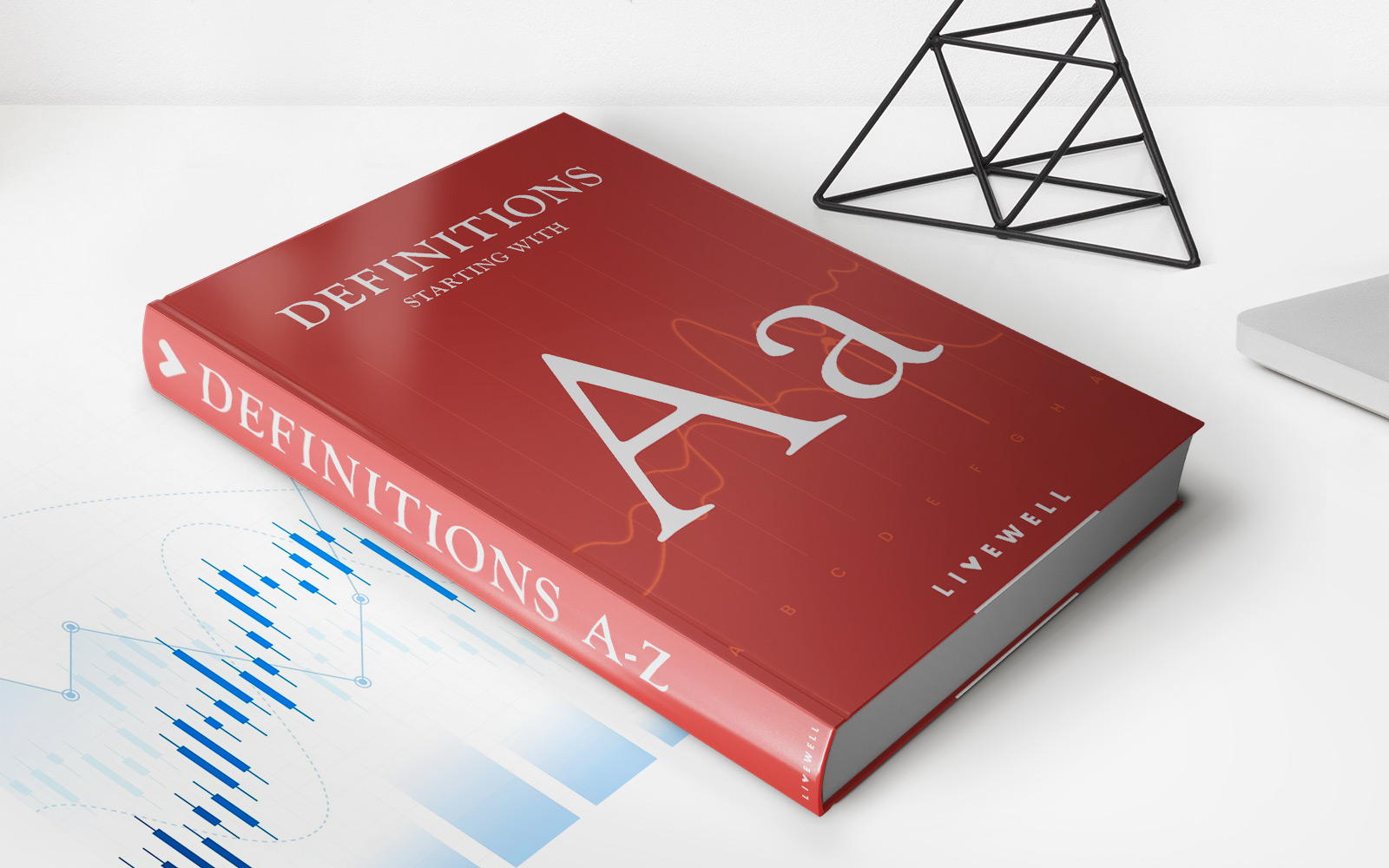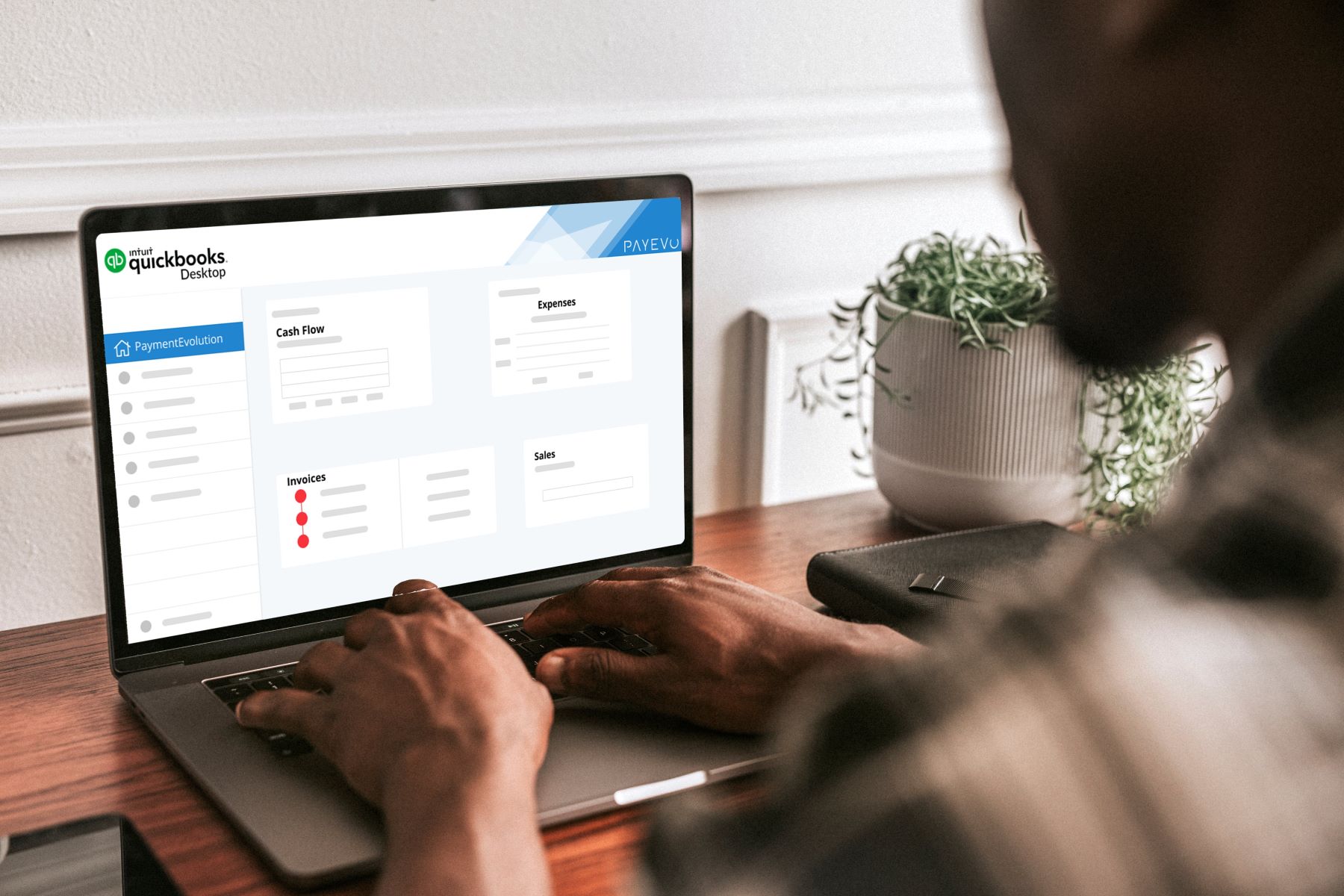Home>Finance>What Is A Physical Asset? Definition, Types, And How To Account
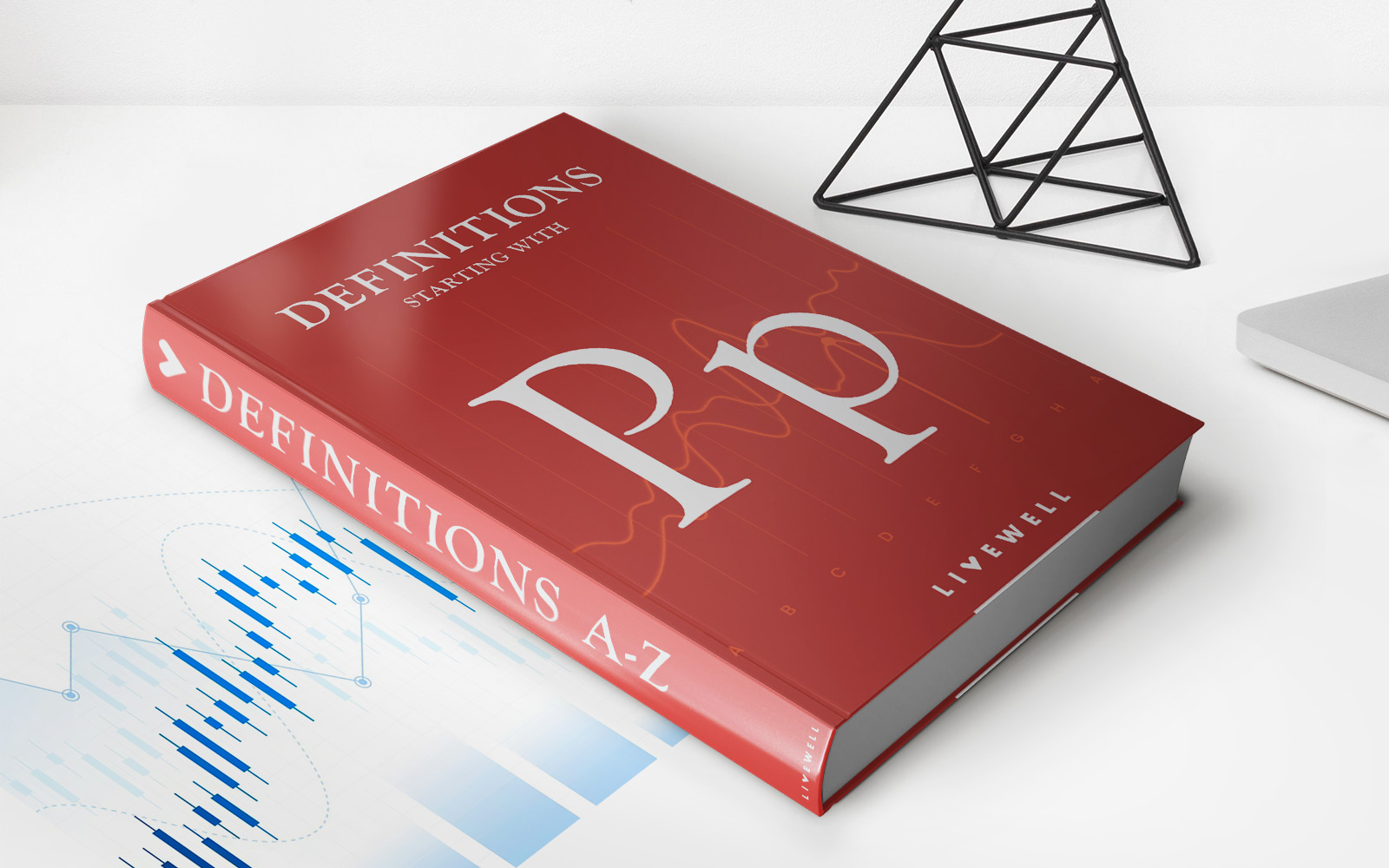

Finance
What Is A Physical Asset? Definition, Types, And How To Account
Published: January 8, 2024
Discover the definition and types of physical assets in finance, along with insights on how to effectively account for them. Enhance your financial understanding.
(Many of the links in this article redirect to a specific reviewed product. Your purchase of these products through affiliate links helps to generate commission for LiveWell, at no extra cost. Learn more)
Welcome to the World of Finance: Understanding Physical Assets
When it comes to finance, there are various terms and concepts that can seem daunting at first. One such concept is physical assets. If you’ve ever wondered what exactly a physical asset is and how it fits into the world of finance, you’ve come to the right place! In this article, we’ll break down the definition of physical assets, explore different types of physical assets, and understand how to account for them.
Key Takeaways:
- Physical assets are tangible items with value that can be seen and touched.
- There are different types of physical assets, including real estate, machinery, vehicles, inventory, and more.
So, let’s dive in and uncover the fascinating world of physical assets!
What Is a Physical Asset?
A physical asset is any tangible item with economic value that can be seen, touched, and, in most cases, quantified. These assets play a crucial role in various industries and businesses, as they represent a company’s wealth and resources.
Physical assets can include a wide range of items, such as:
- Real Estate: This includes buildings, land, and any structures attached to them.
- Machinery and Equipment: These are the tools and devices used in production processes.
- Vehicles: Assets like cars, trucks, or any other means of transportation that a business owns.
- Inventory: This refers to the stock of goods or materials that a company holds for production, sale, or raw material purposes.
- Furniture and Fixtures: These are the physical items used in offices or commercial spaces, including desks, chairs, and shelving units.
These are just a few examples of physical assets, but the list is not exhaustive. Physical assets can vary significantly depending on the industry and the nature of the business.
How to Account for Physical Assets
Accounting for physical assets is essential for businesses to ensure accurate financial reporting and sound decision-making. Here are three key steps to consider when accounting for physical assets:
- Asset Acquisition: When a company acquires a physical asset, it is recorded as a fixed asset on their balance sheet. This includes recording the purchase cost, any associated expenses (such as installation or transportation), and the estimated useful life of the asset.
- Asset Depreciation: Over time, physical assets lose value due to wear and tear, obsolescence, or aging. To account for this decrease in value, businesses typically use depreciation methods to spread the cost of the asset over its useful life.
- Asset Disposal: When a physical asset reaches the end of its useful life, businesses may choose to sell or dispose of it. The asset’s value is then removed from the balance sheet, and any gains or losses from the disposal are recorded in the financial statements.
By following these steps, businesses can ensure that their physical assets are accurately reflected in their financial records, allowing for better decision-making and financial management.
Wrapping Up
Physical assets are a vital component of the finance world, representing tangible resources that contribute to a company’s value and productivity. Understanding what physical assets are and how to account for them is key for businesses and individuals involved in finance.
So, whether you’re a business owner, an aspiring accountant, or simply curious about the dynamics of finance, knowing the definition, types, and accounting practices related to physical assets will undoubtedly enhance your understanding and appreciation of the financial world.
